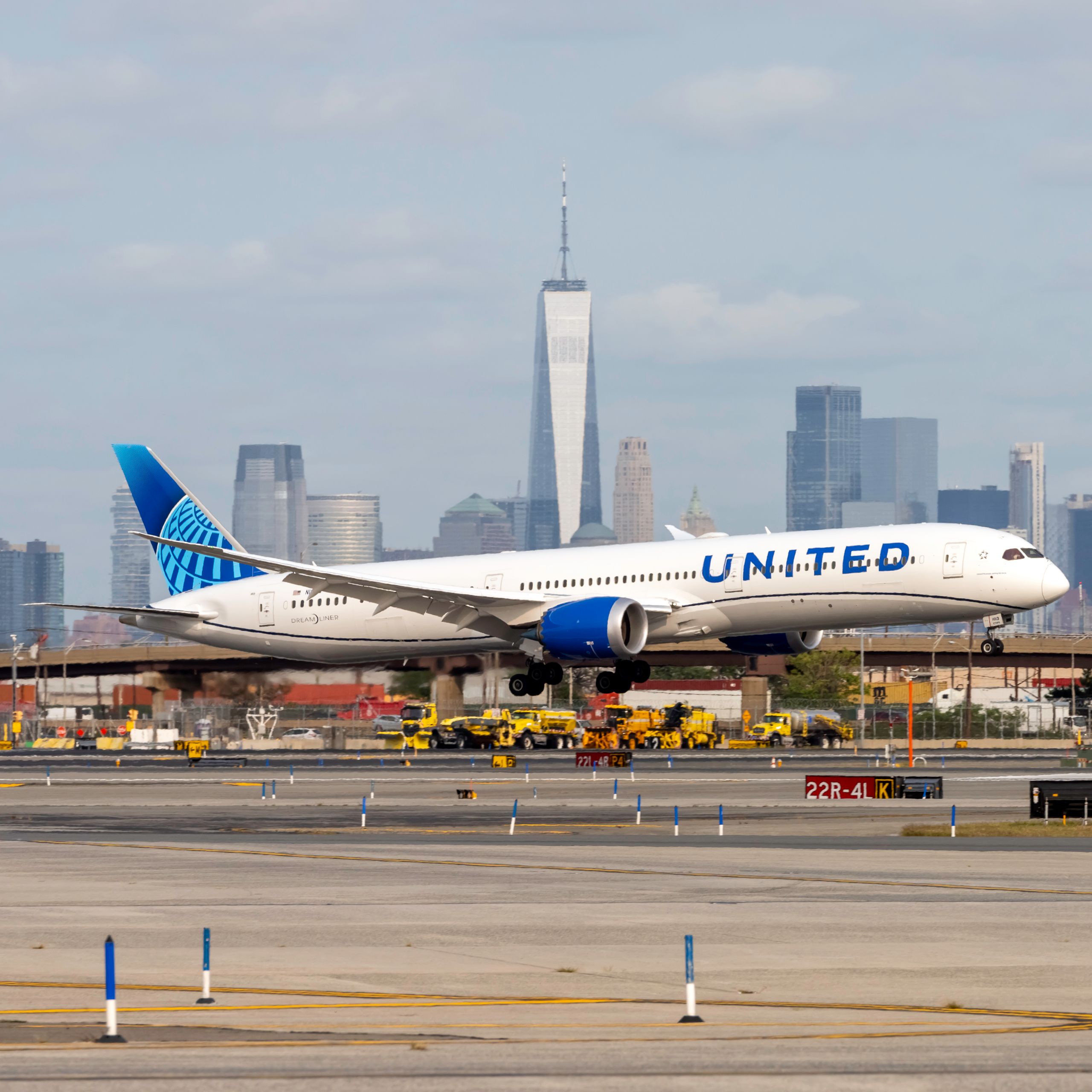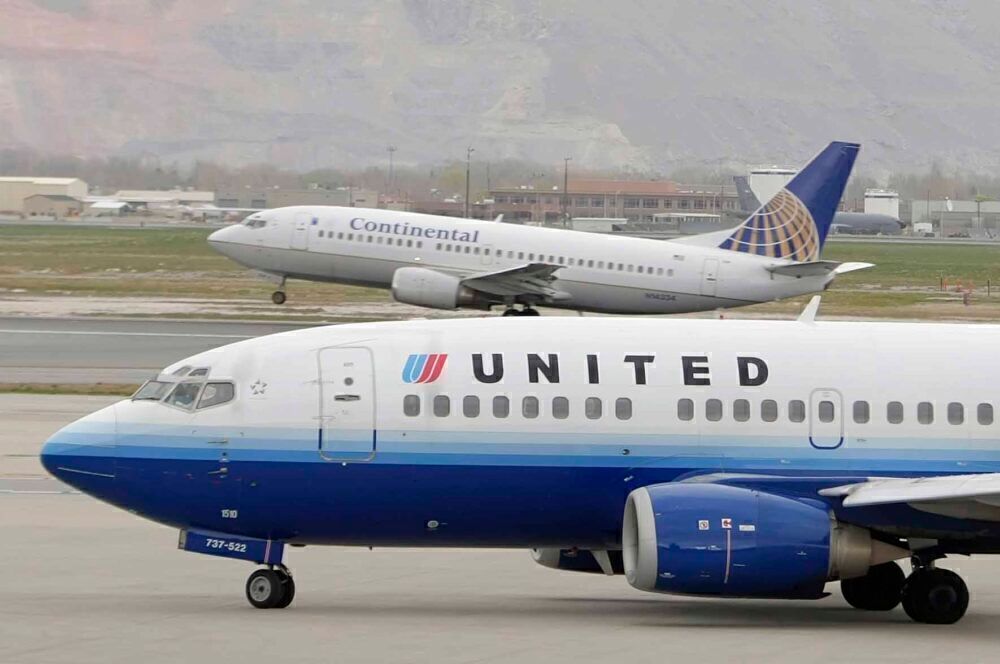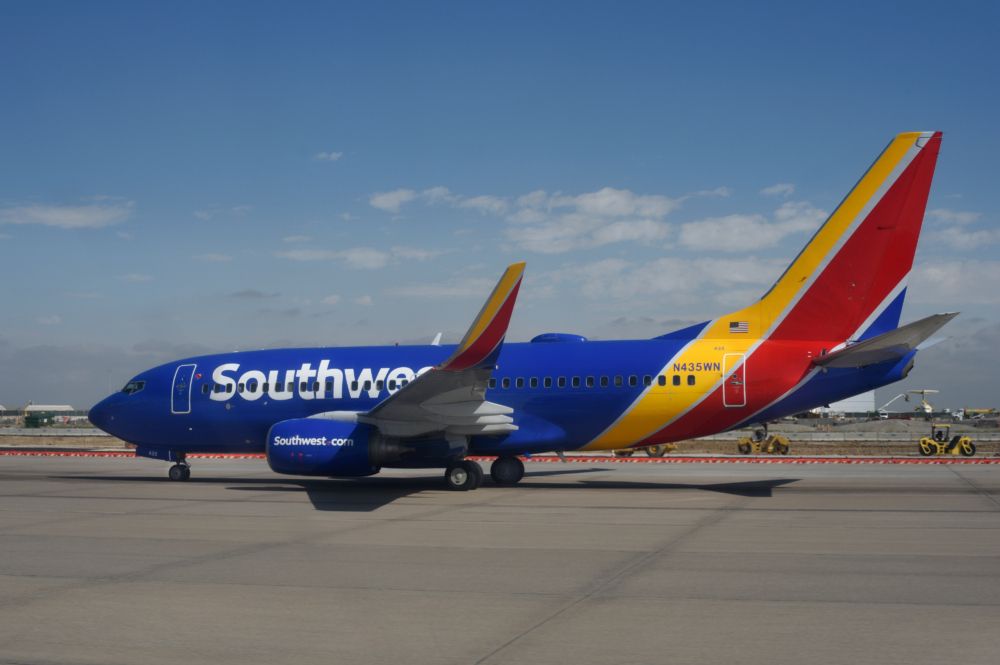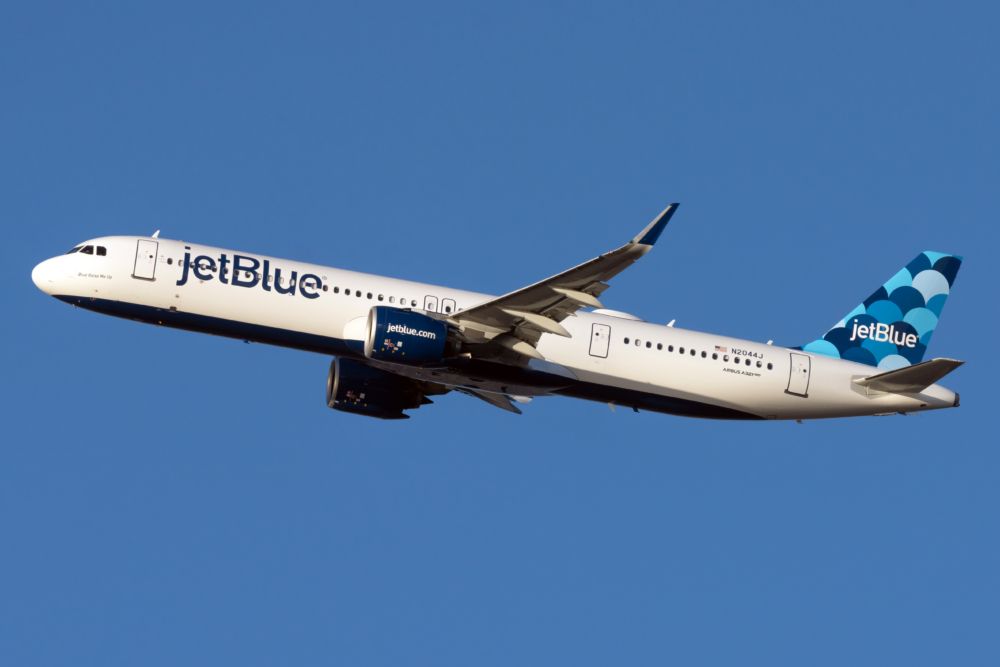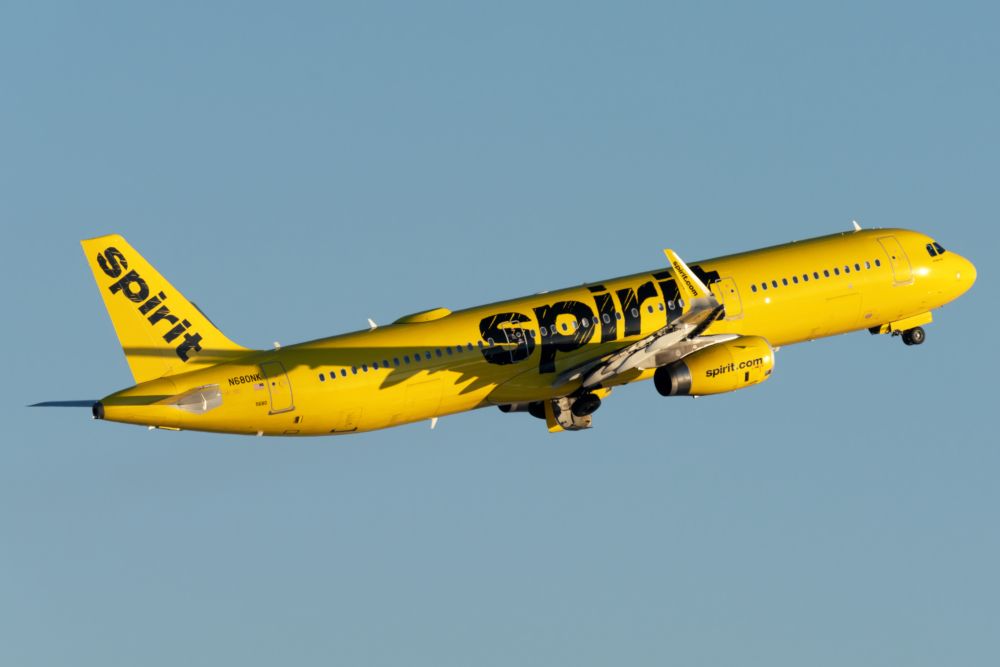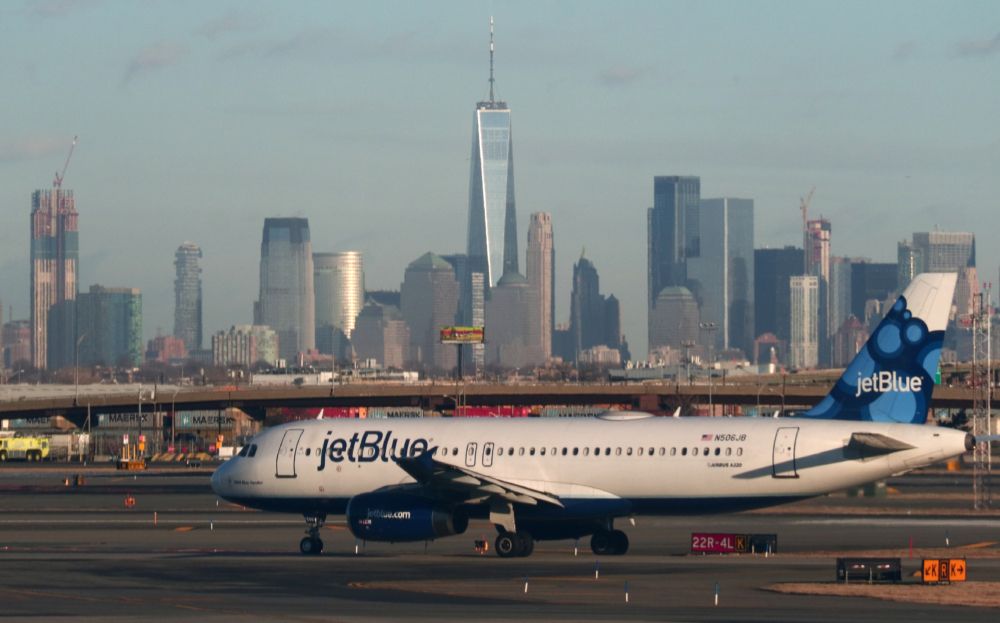Newark is about to get some more competition from low-cost (LCC) and ultra-low-cost carriers (ULCC). The Department of Transportation (DOT) has proposed to allow for 16 peak afternoon and evening runway timings at Newark Liberty International Airport (EWR) to a single LCC or ULCC. In doing so, the DOT highlighted the growth of competition in the air travel industry, making Newark the face of promoting competition in this industry. Here's how this happened.
2016: FAA makes changes at Newark
Most of the most challenging airports in the world to get into, including London-Heathrow (LHR) and New York John F. Kennedy (JFK) airports, are slot-controlled. Airlines need to have specific takeoff and landing rights and times to prevent these airports from getting too crowded. EWR used to be one of those airports, that is, until 2016.
In 2016, the Federal Aviation Administration (FAA) relaxed its controls at Newark. Instead, the airport is governed by certain hourly and half-hourly caps on the number of takeoffs and landings. If Newark gets too congested or schedules cannot be worked out to the acceptable limits, the agency could bring back slot controls if necessary.
2010: United and Continental merger
The 2010 United Airlines and Continental Airlines merger caused an issue in Newark. Back then, the airport was under slot controls. With the merger, the surviving United would have the largest presence at the airport, but the Department of Justice (DOJ) was concerned about the implications for competition at the airport.
So, in August 2010, the DOJ and United Airlines and Continental Airlines agreed to transfer 36 slots to Southwest Airlines. At the time, Southwest was not operating at the airport, and the government identified Southwest as a low-cost carrier that would increase competition at Newark. United, however, remained the largest airline at the airport.
United was able to maintain its dominant position at the airport even after the FAA made changes at Newark. In large part, schedules at Newark are helped determined by past schedules for a season, making it more difficult for new carriers to get in when airlines are utilizing all or most of their slots.
2019: Southwest pulls out
In July 2019, Southwest Airlines announced it was pulling out of Newark. The move would be effective from November 2019. The airline would still serve the area through New York LaGuardia Airport (LGA) and, over in Long Island, at MacArthur Airport (ISP) in Islip.
Southwest's 36 slots included 16 highly desirable "peak hour" operations. This runs from 07:00 to 08:59 and 13:30 to 21:59 local time in Newark. These are typically the greatest demand periods for flights at Newark.
With Southwest leaving the airport, Spirit Airlines immediately jumped into the fray, asking for the slots to continue to promote low-cost competition at Newark. However, the issue was that the DOT and FAA were looking at dropping Southwest's 16 peak-hour operations to limit congestion at the FAA. Despite some opposition, including concerns from the DOJ Antitrust Division, the FAA decided to retire Southwest's entire block of peak period slots.
2020: the crisis hits
Last year was an anomaly, but it presented a huge opportunity. With nearly every airline pulling down services, Newark operations opened up for new carriers to jump in. One airline that jumped into the fray with plenty of new flights was JetBlue.
In June 2021, JetBlue held a 14.6% market share at the airport, compared to United's 58.5%. Spirit Airlines had a 7.5% market share. However, JetBlue added the greatest number of new routes compared to Spirit and American as it grew its presence at the airport.
JetBlue significantly expanded its schedule out of Newark, including adding more premium products through the use of its Mint product on lucrative transcontinental routes. Newark was an opportunity for JetBlue to expand its portfolio of flying out of the New York area.
At the same time, Spirt did not forget about Newark, and a court case continued. Even though airlines had temporarily pulled back, the industry knew a rebound would eventually come. Long-term, having a presence in the New York area would continue to be lucrative.
2021: The FAA loses its case
In May, the United States Court of Appeals for the District of Columbia Circuit ruled against the FAA and in favor of Spirit Airlines. The ULCC argued the FAA's decision was "arbitrary and capricious," and the court agreed and vacated the FAA's decision to retire the peak-period flight authorizations previously held by Southwest.
This led the FAA and the DOT to review Newark operations and start looking to bring back the flight operations. Finally, on Thursday, September 16th, the DOT announced that it would bring back 16 peak afternoon and evening runway timings at EWR for a single low-cost or ultra-low-cost carrier.
Both Spirit Airlines and JetBlue are top contenders to bid for and potentially receive the slots. It is unclear which airline could walk away with the slots, but both airlines have arguments for and against receiving them. The process will likely take some time.
The backdrop of this is President Biden's Executive Order on competition in various sectors of the economy. Newark has become the face of growing competition in the airline industry. As Deputy Secretary of Transportation, Polly Trottenberg, stated:
“Opening up more slots at Newark to lower cost carriers will provide air travelers with more choices and lower prices. DOT’s action today is part of the Biden-Harris administration’s broader effort to create a more competitive economy that benefits the American consumer.”
While the decision for the case was announced well before the Executive Order was signed, the Biden Administration is still highlighting it as part of growing competition in an industry that has seen significant consolidation over the last decade. For many reasons, Newark is an airport that works well for this role. New York City-area airports are congested and expensive, but EWR provides one of the better opportunities for an LCC or ULCC to jump in and grow more services to the area. An example of the ongoing hotly contested nature of New York-area airports includes the American-JetBlue alliance, against which calls are growing for a review.
It is difficult to say what would have happened in Newark without Spirit Airlines taking the decision to court. However, now, the airport will be getting some more competition, which could benefit consumers and airlines. Time will tell how these slots come to use, but so far, it looks like a slam dunk for LCCs and ULCCs and could have broader implications in the future.

